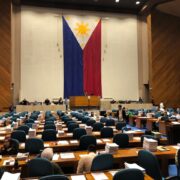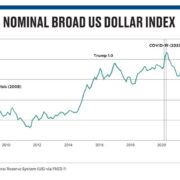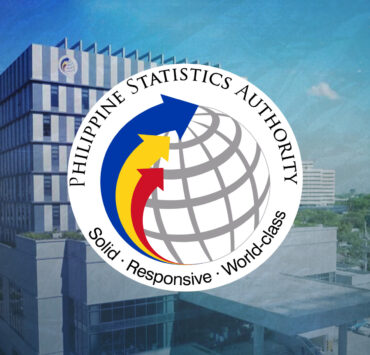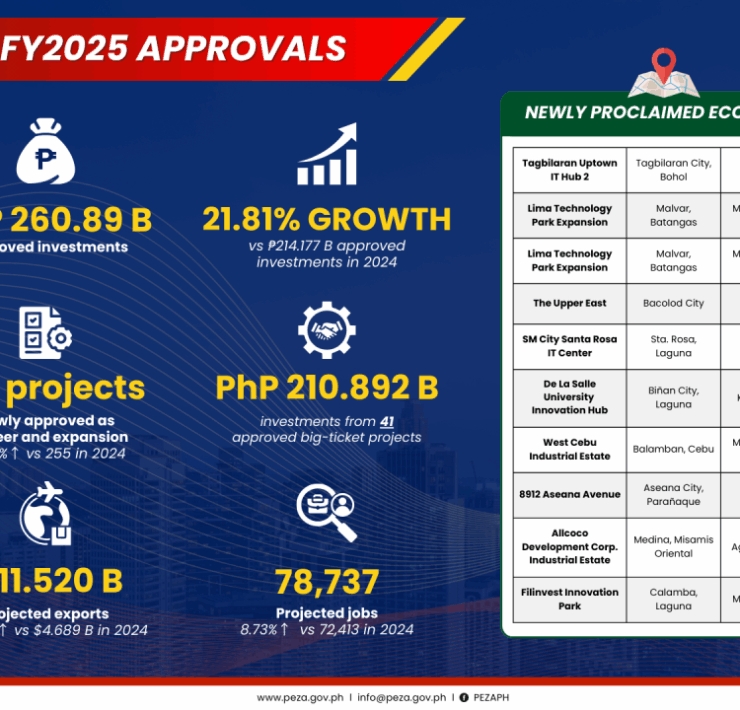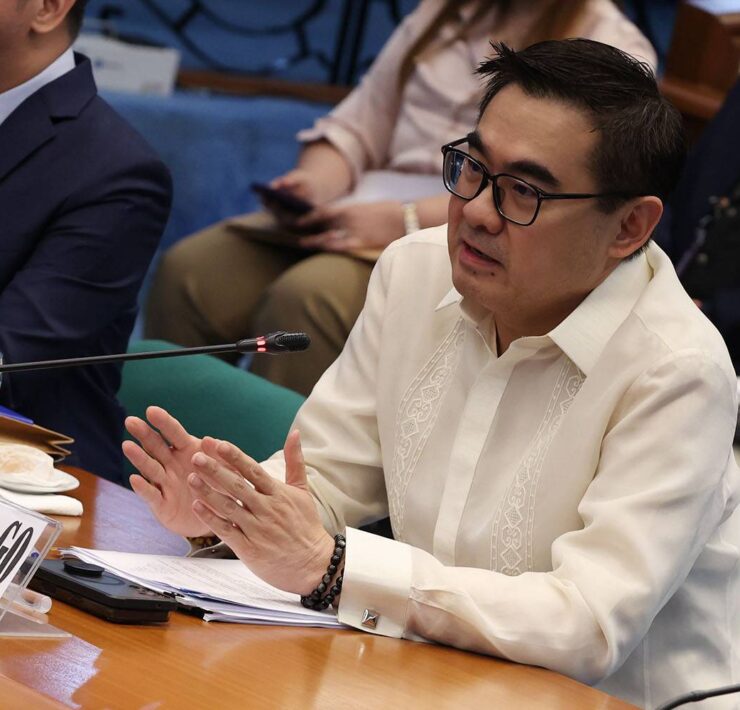Peso seen falling below 59:$1 by Q2
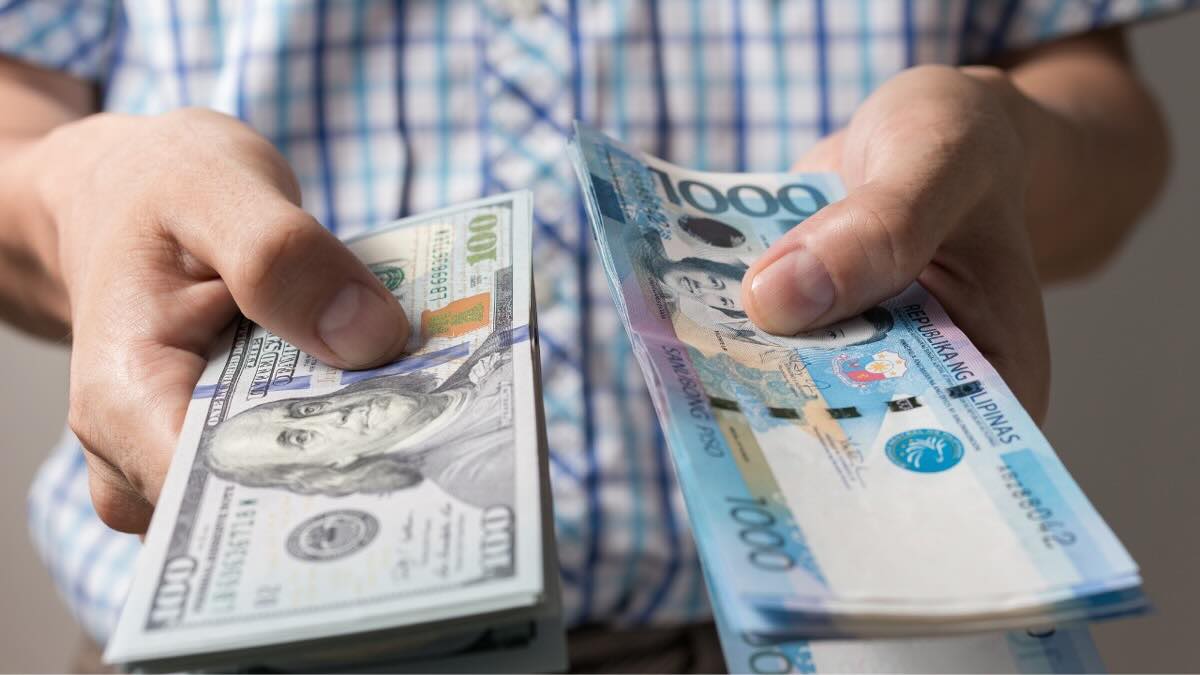
The Philippine peso may breach the key 59:$1 level and post a new record low in the second quarter of 2025, joining a broader slump of Asian currencies that have been weakening under the weight of a strong dollar.
Speaking to reporters on Wednesday, Aris Dacanay, economist at HSBC Global Research, said the story of the king dollar would likely continue this year as the protectionist policies of newly elected US President Donald Trump are expected to drive safe-haven demand for the greenback.
But the good news is the peso is expected to be “more resilient” compared to other Asian currencies, Dacanay said. For that reason, the HSBC economist believes that a fall to the 60:$1 level is unlikely to happen anytime soon.
“Most probably the [depreciation] risks are toward the second quarter of 2025. But we have to put it into context,” Dacanay said.
”We do think all Asian currencies will depreciate across the board. But the Philippines will be the more resilient one,” he added.
Record low
The Philippine peso had revisited the record-low 59:$1 level thrice last year amid expectations that Trump’s tariff threats could stoke inflation stateside, a development that can slow the ongoing easing cycle of the US Federal Reserve (Fed).
At its last rate-setting meeting for 2024, the Fed delivered another quarter-point cut, but signaled fewer reductions for 2025.
Dacanay said the peso could find refuge from the fact that the Philippines mostly exports services, not goods that can be slapped with higher tariffs. This makes the country “relatively insulated” from Trump’s tariff threats, he said.
Another source of support for the peso is the ample dollar reserves of the Bangko Sentral ng Pilipinas (BSP), which had been intervening in the foreign exchange market since late last year to temper any volatility that may fan imported inflation. Data showed the country’s gross international reserves had amounted to $106.84 billion by the end of 2024.
But more importantly, Dacanay said the BSP was expected to move in lockstep with the Fed to avoid pressuring the local currency.
HSBC expects the BSP to deliver three quarter-point cuts to its policy rate in 2025, continuing its easing cycle that had already brought down the benchmark rate by a total of 75 basis points last year.




